Growing weed can be a rewarding but challenging endeavor. As a grower, it is crucial to understand the various signs that your plants may exhibit. One of the most critical indicators can be found in the plant leaves. By closely observing the leaves, growers can gain valuable insight into their weed plants’ overall health and well-being.
This article will explore three essential signs that growers can learn from a weed leaf: recognizing nutrient deficiencies, identifying pest infestations, and understanding environmental stress.
When it comes to growing healthy weed plants, providing the proper nutrients is essential. However, sometimes growers may not provide the correct balance of nutrients, resulting in nutrient deficiencies. The leaves can provide telltale signs of these deficiencies, such as yellowing, discoloration, or unusual spotting. By closely examining the leaves, growers can identify which specific nutrients their plants are lacking and take corrective measures to ensure optimal growth.
Pests can be a grower’s worst nightmare, as they can wreak havoc on weed plants if left unchecked. Fortunately, the leaves can also serve as indicators of pest infestations. Whether it’s tiny spider mites, aphids, or caterpillars, these pests often leave visible signs of their presence on the leaves. By closely inspecting the leaves for holes, chew marks, webs, or any other unusual signs, growers can take immediate action to eliminate the pests and protect their precious plants.
Recognizing Nutrient Deficiencies
Now that you’ve learned about the different signs a weed leaf can show let’s dive into recognizing nutrient deficiencies and how they can affect your plants’ growth.
Nutrient deficiency symptoms in cannabis plants can be easily identified by observing the leaves. One common deficiency is nitrogen deficiency, characterized by yellowing leaves, especially in older growth. Another common deficiency is phosphorus deficiency, which causes dark green leaves and purple or red stems. Potassium deficiency can be identified by yellowing, burnt leaf edges, and weak stems. Other nutrient deficiencies include calcium, magnesium, and iron, each with its own distinct symptoms.
Proper nutrition is of utmost importance for marijuana growth. Nutrients are essential for plants to carry out various physiological processes, including photosynthesis, respiration, and cell division. Without the necessary nutrients, plants won’t be able to grow and develop properly. Nutrient deficiencies can result in stunted growth, reduced yield, and increased susceptibility to pests and diseases.
Identifying Pest Infestations
Several signs can indicate the presence of pests on your weed plants. One of the most common signs is the appearance of small holes or bite marks on the leaves. This could result from insects like caterpillars or beetles feeding on the leaves. Another sign to look out for is the presence of webbing or silk-like threads on the leaves and stems. This could indicate the presence of spider mites or other types of mites. If you notice a sticky residue on the leaves, it could be a sign of aphids or other sap-sucking insects.
When it comes to dealing with pest infestations, there are both natural remedies and prevention measures you can take. Natural remedies include using insecticidal soaps or neem oil to control pests. These products are derived from natural sources and are less environmentally harmful than chemical pesticides.
Another natural remedy is introducing beneficial insects like ladybugs or lacewings, which feed on pests and help control their population.
Prevention measures are also essential to avoid pest infestations in the first place. One prevention measure is maintaining proper hygiene in your grow area by regularly cleaning up fallen leaves or debris. This helps to eliminate hiding places for pests.
Another measure is practicing crop rotation, which involves planting different crops each season to disrupt the life cycle of pests. Additionally, regularly inspecting your plants and monitoring for early signs of pests can help prevent infestations from spreading.
What are the essential signs to look for in a weed leaf to determine ripeness of trichomes?
When assessing trichomes ripeness detection techniques on a weed leaf, look for a milky white color on the trichomes as this indicates the highest THC content. Additionally, some amber trichomes also show maturity. Use a magnifying glass to better inspect the trichomes for the most accurate assessment.
Understanding Environmental Stress
Understanding plant environmental stress can help growers ensure healthier and more productive crops. One aspect of managing environmental stress is understanding how temperature fluctuations impact plant growth. Plants have specific temperature ranges where they thrive, and deviations from these optimal ranges can cause stress and hinder growth. Extreme heat or cold can damage plant tissues, disrupt metabolic processes, and even lead to plant death.
Therefore, growers must monitor and regulate temperature in their growing environments to provide the optimal conditions for their plants. Preventing water stress is another crucial factor in managing environmental stress. Water is essential for plant growth and development, and inadequate water supply can lead to significant stress in plants. Water stress occurs when there is a lack of water availability or when plants cannot take up water efficiently. This can result in wilting, stunted growth, and reduced crop yield.
Growers must carefully monitor soil moisture levels and provide adequate irrigation to prevent water stress in their crops. Additionally, they should consider factors such as drainage and water retention in their growing systems to optimize plant water availability. Growing growers can create more favorable crop conditions by understanding and addressing environmental stress factors, such as managing temperature fluctuations and preventing water stress.
Conclusion
In conclusion, understanding the signs that can be observed from a weed leaf is essential for growers. By recognizing nutrient deficiencies, growers can take the necessary steps to provide their plants with the proper nutrients, ensuring healthy growth and maximum yield.
Identifying pest infestations early on can prevent significant crop damage, saving growers time and money.
Lastly, understanding environmental stressors allows growers to create the optimal conditions for their plants, resulting in better overall health and productivity. Being able to interpret the signs from a weed leaf is a valuable skill for growers. It allows them to promptly address any issues that may arise, promoting the success of their crops.
By paying attention to nutrient deficiencies, pest infestations, and environmental stress, growers can ensure their plants thrive and produce high-quality yields. With this knowledge, growers can confidently navigate the challenges of cultivating cannabis and achieve optimal results in their operations.

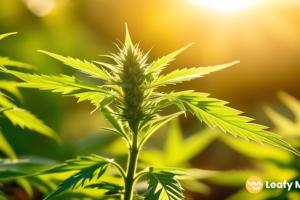
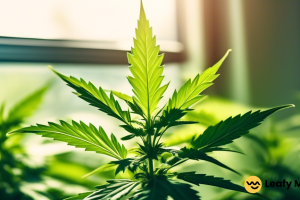





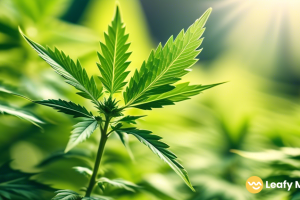
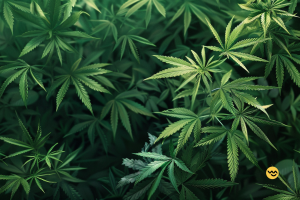
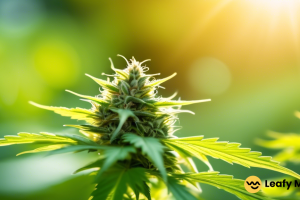
Leave a Reply